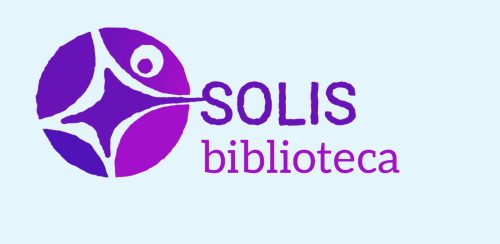Trust The Process

My tip for teachers would be to relax and get comfortable with the open-endedness and fluidity of the digital storytelling method. As teachers, we’re used to planning every minute of a lesson and setting lesson objectives and measurable targets to gauge whether what we’ve planned for has been achieved, but rigid outcomes aren’t really appropriate in digital story-making.
As educators, it’s hard not to jump in and impose how we think the stories should be shaped and what we think the finished film should look like, but we mustn’t. Which isn’t easy, because the pupils themselves often ask for these very things. They can find it uncomfortable not being told what to do and not having a clear set of criteria to be marked against, and they’ll often ask ‘Is this right? Am I doing it wrong?’
The digital story itself is a clear outcome, but there isn’t really a right and wrong way to have achieved it. A group of makers will create very different stories from the same prompt and the learning they’ll have gained from creating it will be different for each of them, and that can neither be planned for nor measured by standard methods. So, basically, both the pupils and their teachers must learn to sit with the discomfort of giving up control and trust the story-making process to work its magic. Because it always does!
Alison Mott

